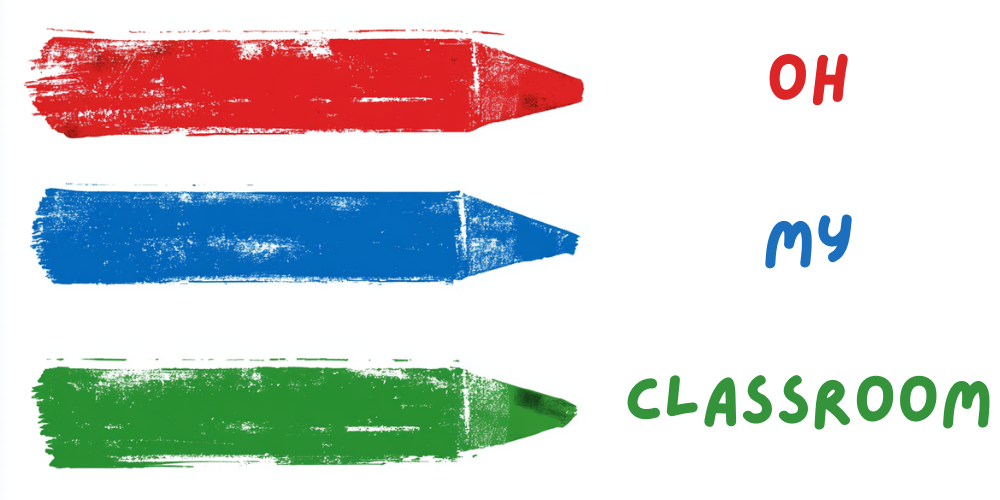Learning to write one’s name is an important skill that can instill a sense of pride and accomplishment in a child.
It is a fundamental step in their educational journey, and lays the foundation for future writing skills.
In this article, we will explore how to teach a child to write their name.
Before we dive in, it is important to remember that every child learns differently, and at their own pace.
Therefore, it is essential to be patient and supportive throughout the process. Learning to write can be challenging, but with a positive attitude and a willingness to try new things, your child can achieve success.
Related: How to Teach High Frequency Words
8 Ways on How to Teach a Child to Write their Name
Introduce the letters in their name
The first step in teaching a child to write their name is to introduce them to the letters that make up their name.
Children as young as two years old can begin to recognize the letters in their name.
Start by pointing out each letter and saying it aloud. You can use flashcards, posters, or magnetic letters to help reinforce their learning.
As you teach each letter, make sure to explain what sound it makes and how to write it.
Make it fun
Learning should be fun, and teaching your child to write their name is no exception. Incorporate games and activities that will make the learning process enjoyable.
For example, you could use sidewalk chalk to write your child’s name on the pavement, and then ask them to trace over it.
Another fun activity is to use shaving cream on a tray, and have your child write their name in the foam.
Practice, practice, practice
Practice is essential when it comes to learning any new skill, and writing is no exception. Encourage your child to practice writing their name every day.
You could create a chart or a sticker book to track their progress, and reward them for their efforts.
The more they practice, the more comfortable and confident they will become.
Related: 50 Free Writing Prompts for Kindergarten
Use different mediums
Using different writing materials can help your child to develop fine motor skills, and make the process of learning to write more interesting.
Try using different types of pens and pencils, such as thick or thin markers, crayons, or even paintbrushes.
Each material will provide a different sensory experience for your child, and help them to explore their creativity.
Start with uppercase letters
It is easier for children to learn uppercase letters first, as they are simpler and require fewer strokes.
Once your child is comfortable with writing their name in uppercase letters, you can move on to lowercase letters.
It is important to be patient during this process, as it can take some time for a child to master the skill of writing in lowercase letters.
Related: What Order to Teach Letters to Preschoolers?
Break it down
Breaking down the task of writing their name into smaller, more manageable steps can help your child to feel less overwhelmed.
For example, you could start by having them trace over the letters in their name, and then move on to writing the letters themselves.
Once they have mastered writing each letter individually, they can then move on to writing their name in its entirety.
Use repetition
Repetition is key when it comes to learning new skills. Encourage your child to write their name multiple times in a row, and to repeat the process several times throughout the day.
This will help to reinforce the muscle memory required for writing, and make the task feel more natural over time.
Offer encouragement and praise
Learning to write can be a challenging and frustrating process for children.
It is important to offer them plenty of encouragement and praise along the way.
Celebrate their successes, no matter how small, and be patient with them when they make mistakes.
A positive attitude and supportive environment will go a long way in helping your child to feel confident and motivated to learn.
Conclusion
In the end, teaching a child to write their name is a vital step in their education, and can be a fun and playful experience for both the child and the educator.
By approaching the task with empathy, patience, and creativity, we can empower children to develop strong writing skills and unlock their full potential.
References:
- Puranik, C. S., & Lonigan, C. J. (2012). Early writing instruction: What we know and what we need to know. Reading and Writing, 25(8), 1885-1911.
- Berninger, V. W., Abbott, R. D., Whitaker, D., Sylvester, L., & Nolen, S. B. (1995). Integrating low-level skills and high-level skills in treatment protocols for writing disabilities. Learning Disabilities Research & Practice, 10(4), 216-228.
- Graham, S., Harris, K. R., & Mason, L. (2005). Improving the writing performance, knowledge, and self-efficacy of struggling young writers: The effects of self-regulated strategy development. Contemporary Educational Psychology, 30(2), 207-241.
- Schlagal, B., Tillema, M., & Vandervelden, M. (2018). Letter name writing in preschool: Effects of letter type and letter frequency. Reading and Writing, 31(2), 379-398.
These studies provide insights on effective strategies for teaching writing skills to children, including name writing, and highlight the importance of considering individual differences in learning and tailoring instruction accordingly.

